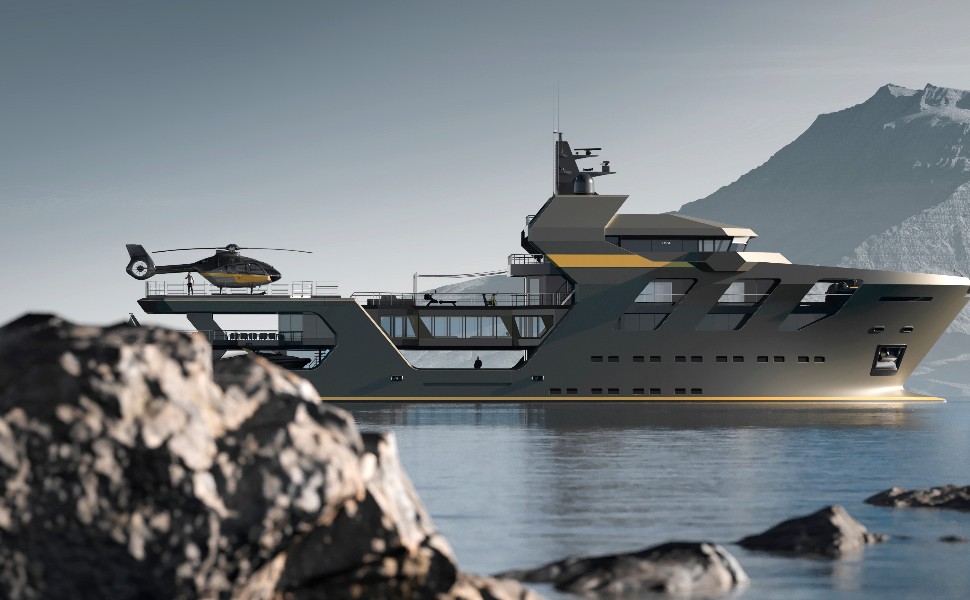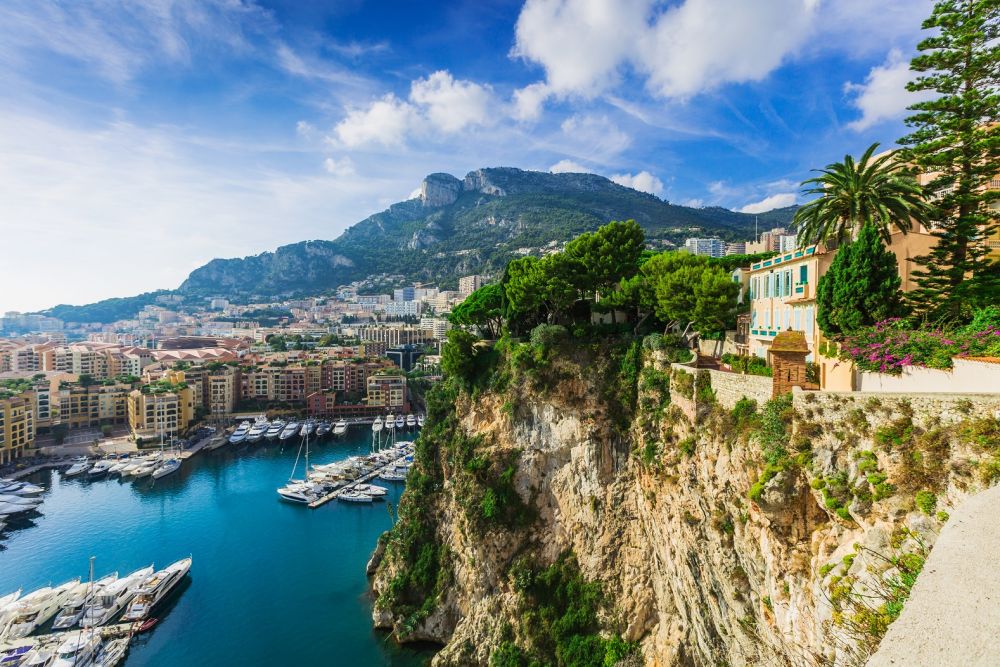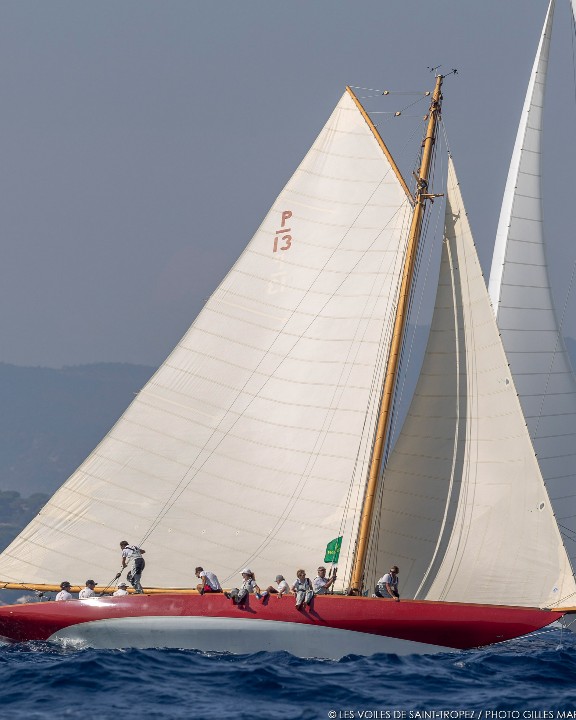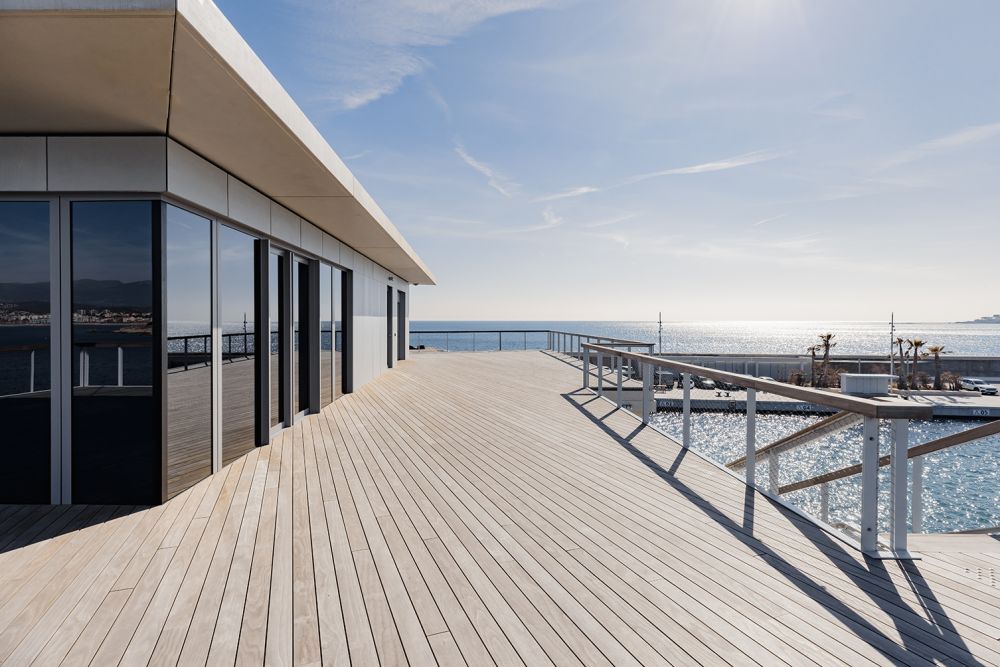 All Articles
Aeronautics
Art & Culture
Environment
Gastronomy
Motors
Real Estate
Travel
Watchmaking & Jewellery
Yachting
All Articles
Aeronautics
Art & Culture
Environment
Gastronomy
Motors
Real Estate
Travel
Watchmaking & Jewellery
Yachting
 Design
Finance
Jewellery
Watchmaking
Yachting
Design
Finance
Jewellery
Watchmaking
Yachting

In recent years, demand for expedition yachts has seen a marked increase, accompanied by a surge in new build projects. This trend began in the year 2000 with the construction of several vessels focused on discovery. In 2003, the launch of the Octopus by the shipyard Lürssen, commissioned by Paul Allen (one of the co-founders of Microsoft), caused a sensation. This 126-metre yacht featured enough space to accommodate two helipads, a submarine, several toys, and was designed to sail to the four corners of the planet. This kind of vessel is now a regular presence at major international boat shows like Monaco Yacht Show. Commonly referred to as expedition or explorer yachts, they are gaining traction among owners seeking access to the planet’s most remote and challenging regions – including polar latitudes like Antarctica or far-flung tropical islands.
Engineered for long-range navigation in all sea conditions, these vessels are characterised by reinforced hulls – typically constructed in steel or, increasingly, aluminum. While steel offers high durability, aluminum provides superior resistance to ice impacts and has the added advantage of reduced weight. This results in lower fuel consumption and improved cruising efficiency. These yachts are also fitted with stabilisation systems to enhance comfort through rough seas.
Range is a critical parameter: most expedition yachts are designed with a transoceanic range of at least 5,000 nautical miles, to cross oceans without refueling. This is essential to ensure operational self-sufficiency during long passages in areas with limited or no resupply infrastructure. On board these eco-friendly units, the layout differs from that of traditional luxury yachts. Storage spaces are significantly larger to accommodate scientific exploration gear, provisions, laboratories, as well as water toys, seaplanes, 4x4 vehicles, helicopters, or even submarines! Among the latest are King Benji (from Dunya Yachts) is a 47-metre yacht built for any adventure, with a steel hull and aluminium superstructure. The large aft deck, together with the 10-ton crane capacity ensures this vessel can carry all exploration equipment. Another new release: the Damen Yacht Support 53. This vessel is equipped with a powerful 15-tonne crane and an optional A-frame, providing exceptional lifting capacity for even the heaviest loads. Whether you’re launching tenders, submersibles, or vehicles, these heavy-duty tools ensure precise handling. The expansive 310 sqm deck space also offers unparalleled versatility.
Royal Yacht International has been appointed as central agent for the sale of Project Mission. Designed to reach remote destinations while minimising environmental impact, the vessel offers a unique opportunity to embark on transformative journeys with purpose. Mission is equipped with advanced marine science and expedition amenities as a helicopter landing platform or a toy/multipurpose store. Designed for both private and commercial use, Mission will accommodate 12 guests with the potential to expand to 18, along with a crew of 18 and space for up to 6 supernumeraries (i.e. Expedition staff).
Considered the largest yacht in the world, the 182-metre-long REV Ocean vessel has completed its initial construction phase at Vard shipyard in Norway and will now proceed to Damen Shiprepair Vlissingen (DSV) in the Netherlands for the final stage of exterior and interior outfitting. The official launch is scheduled for 2027. Conceived by Norwegian businessman Kjell Inge Røkke in collaboration with designer Espen Øino, the exploration vessel is tasked with contributing to the cleanup of the oceans. REV Ocean is designed to accommodate 60 scientists and around 30 crew members. The yacht’s primary mission will be to remove some of the plastic pollution in the oceans. A suction system will be used to collect it, and an onboard incinerator will burn all materials including plastic, except metal and glass.
To receive our news, it’s here!







